For most of the 15th century, the city of Tabriz lived under the rule of two Turkoman dynasties, the Kara Koyunlu ("Black Sheep"), a federation of Turkoman tribes, and their successors, the Ak Koyunlu ("White Sheep").
Married to a Christian princess, Uzun Hasan, leader of the Ak Koyunlu, maintained a splendid court, which did not fail to impress the Venetian ambassadors. The arts of the book flourished there, as at the Timurid court. The instances of Safavid power were also initially concentrated in this city. However, it was constantly threatened by Turkoman and Ottoman invasions.
Sunnis, sworn enemies of the Safavids on political and religious levels, the Ottomans took the city at least four times in the first half of the 16th century.
The insecurity of Tabriz prompted Shah Tahmasb to move his capital further south to Qazvin around 1530. In all probability, a large number of artists and craftsmen accompanied him there.
Tabriz city of weavers :
It is generally accepted that many of the first Safavid medallion carpets were woven in Azerbaijan. Workshops were located in Tabriz, Soltaniye and probably also in Ardabil, a city famous for its silks. Despite the continuous political unrest, the carpet factory of Tabriz, which had existed since at least the Ilkhan period, continued to operate. This fact is mentioned in a document dating from the reign of Tahmasb.
In 1531, the Emir of Azerbaijan suppressed a revolt and imprisoned the governor of Tabriz.
On this carpet, a replica of a 16th century Safavid carpet, the design features the Garden of Paradise :
The word "paradise", paradaiza, comes from Avestan, the ancient language of the Zoroastrians. It means pairi-daeza, a walled enclosure from which the biblical concept of the Garden of Eden derives.
The "gardens of paradise" were vast hunting reserves where game was kept so that monarchs could practice their favorite sport, hunting. Inspired by miniatures, the garden, a symbol of earthly and heavenly delights, has given rise to many variations in carpet designs.
Most carpets with a garden of paradise design are decorated with central pendant medallions on a floral background evoking a spring landscape. Pairs of cypress trees, flowering prunus, fruit trees, birds and wild animals, real and imaginary, some depicted in combat, others shown alone, and frequently accompanied by houris and, occasionally, musicians. The borders are decorated with interlacing of finely drawn flowers and forked arabesques adorned with lotus flowers, pairs of birds and animals interlaced with streamers of clouds or repeated cartouche motifs.
The central medallion is representative of the rarity of this carpet, calligraphed and signed on both sides.
We can read this poem :
*The wealth that everyone obtains suffers in keeping it..
"Anyone can acquire wealth, but the difficulty lies in keeping it."
'Saadi Shirazi,
Signature in the borders of Shah Abbas of the same Safavid period.
Condition : As is : General wear, more pronounced on the lower part of the rug. Worn edges and fringes.
Size : 430x274 cm
*Video available on request
MY COMPLETE GALLERY



























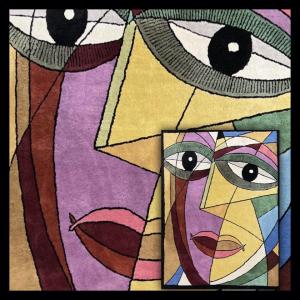
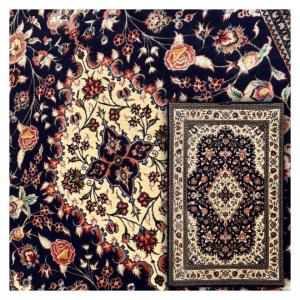
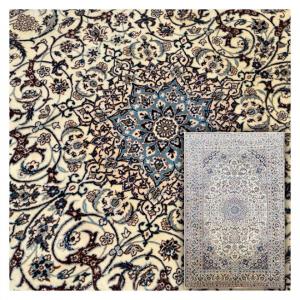

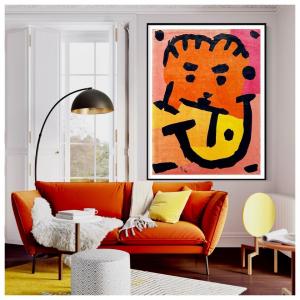
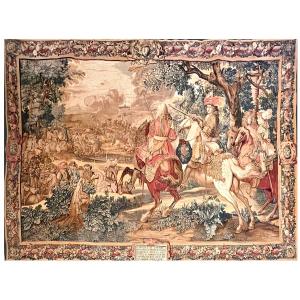

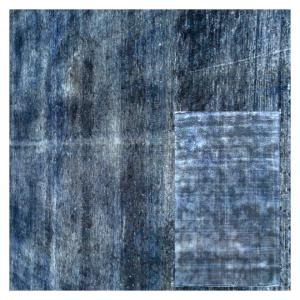
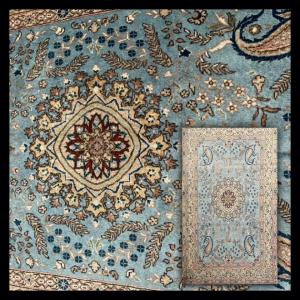

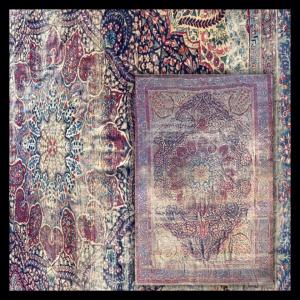
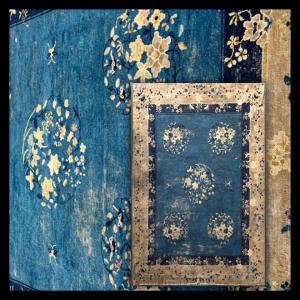



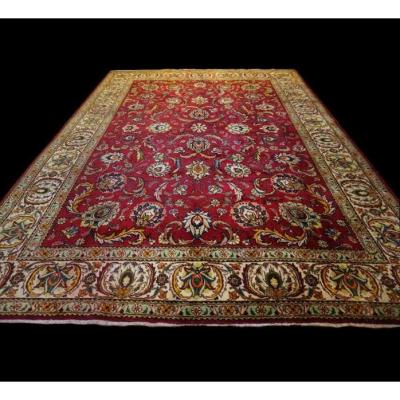
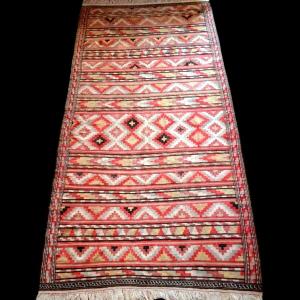

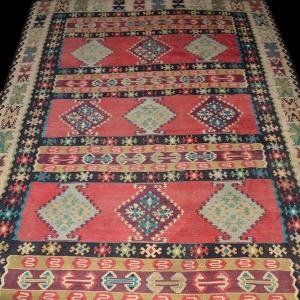



 Le Magazine de PROANTIC
Le Magazine de PROANTIC TRÉSORS Magazine
TRÉSORS Magazine Rivista Artiquariato
Rivista Artiquariato